US Helicopter Pilots (Vietnam War) (100% new molds) 1/32
14,25€
In stock

*Please check our Privacy Policies to see how to we use your personal data.
*Por favor revisa nuestra Política de Privacidad para ver como tratamos tus datos personales
Helicopters were rightfully considered one of the symbols of the Vietnam War. They played a significant role in providing support to ground units and subunits, carrying out the tasks of delivering and supplying troops, as well as their fire cover from the air. Helicopters were great for jungle warfare. According to some estimates, their number in Vietnam in the early 1970s exceeded the number of all military helicopters in the world. In some months, the number of their sorties reached 800 thousand, helicopters made 8-9 sorties per day. And one of the American commanders considered the helicopter pilots “… the most professional warriors we have ever seen.”
At the beginning of the Vietnam War, most of the entire fleet of American rotorcraft in Vietnam were transport helicopters. However, over time, the importance of fire support helicopters has grown, and their number has increased significantly. An analysis of the course of hostilities in Vietnam subsequently contributed to the awareness of the role of helicopters in armed conflicts of varying degrees of intensity and the rapid increase in their number in the armies of the world.
Scale
1:32
Time period
After 1950
Box size
247 x 183 x 33 mm
Number of details
36
Figures count
3
Los helicópteros fueron legítimamente considerados uno de los símbolos de la guerra de Vietnam. Desempeñaron un papel importante en el apoyo a las unidades y subunidades terrestres, llevando a cabo las tareas de entrega y suministro de tropas, así como su cobertura de fuego desde el aire. Los helicópteros eran geniales para la guerra en la jungla. Según algunas estimaciones, su número en Vietnam a principios de la década de 1970 superó el número de todos los helicópteros militares del mundo. En algunos meses, el número de sus salidas llegó a 800 mil, los helicópteros realizaron entre 8 y 9 salidas por día. Y uno de los comandantes estadounidenses consideró a los pilotos de helicópteros “… los guerreros más profesionales que jamás hayamos visto”.
Al comienzo de la guerra de Vietnam, la mayor parte de toda la flota de helicópteros estadounidenses en Vietnam eran helicópteros de transporte. Sin embargo, con el tiempo, la importancia de los helicópteros de apoyo contra incendios ha crecido y su número ha aumentado significativamente. Un análisis del curso de las hostilidades en Vietnam contribuyó posteriormente a la toma de conciencia del papel de los helicópteros en los conflictos armados de diversos grados de intensidad y al rápido aumento de su número en los ejércitos del mundo.
Escala
1:32
Periodo de tiempo
Después de 1950
Tamaño de caja
247 x 183 x 33 mm
Numero de detalles
36
Numero de figuras
3




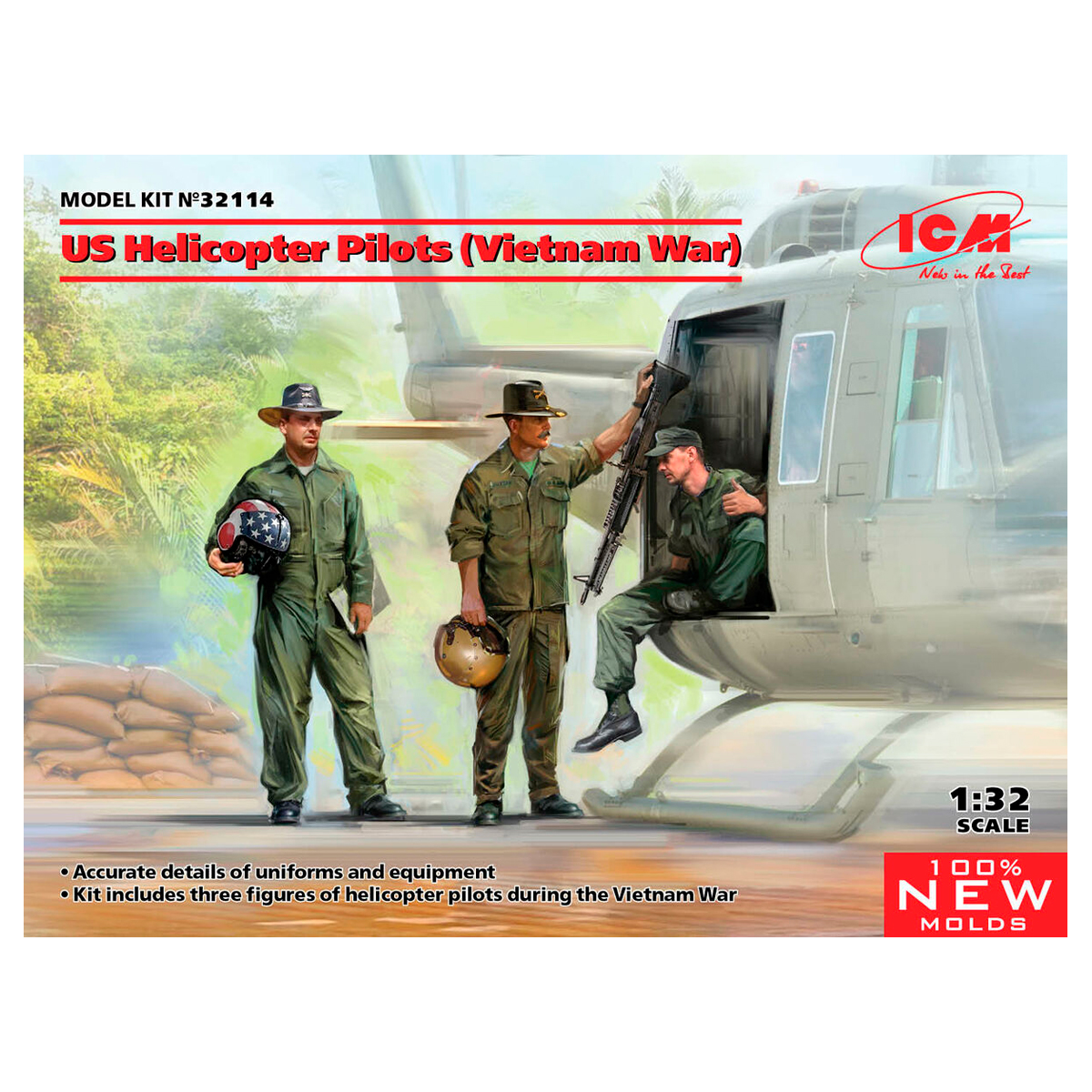
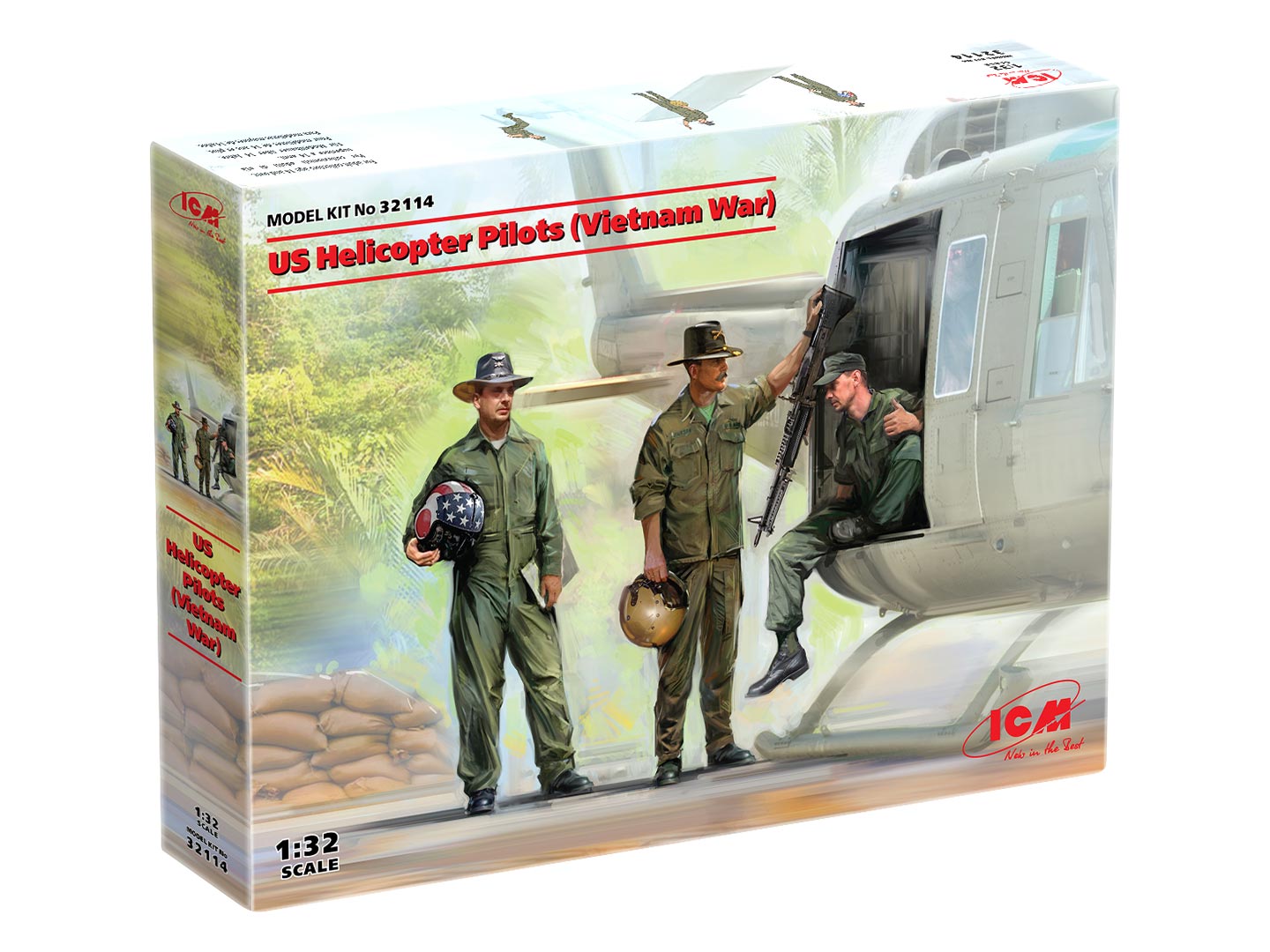
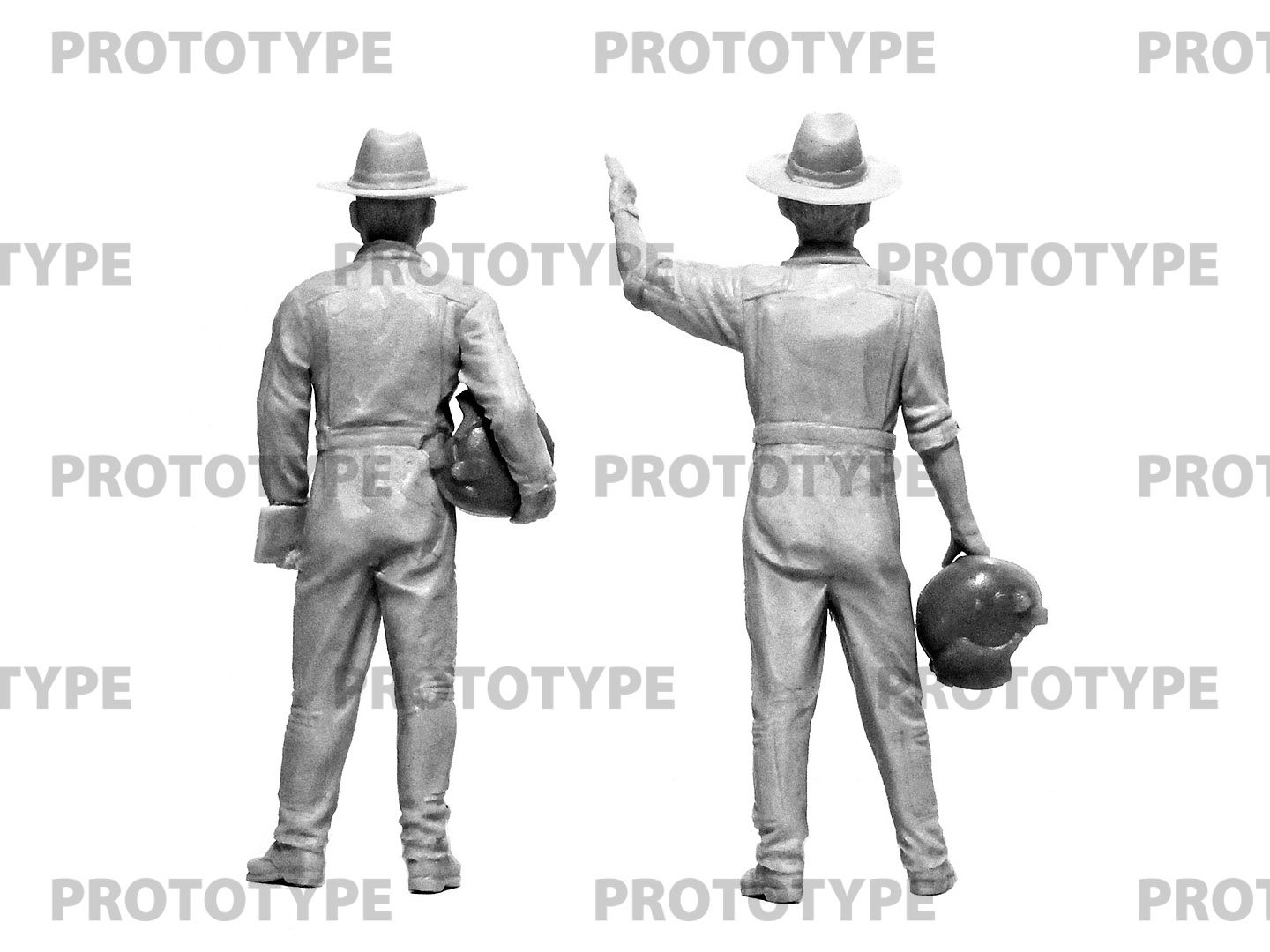
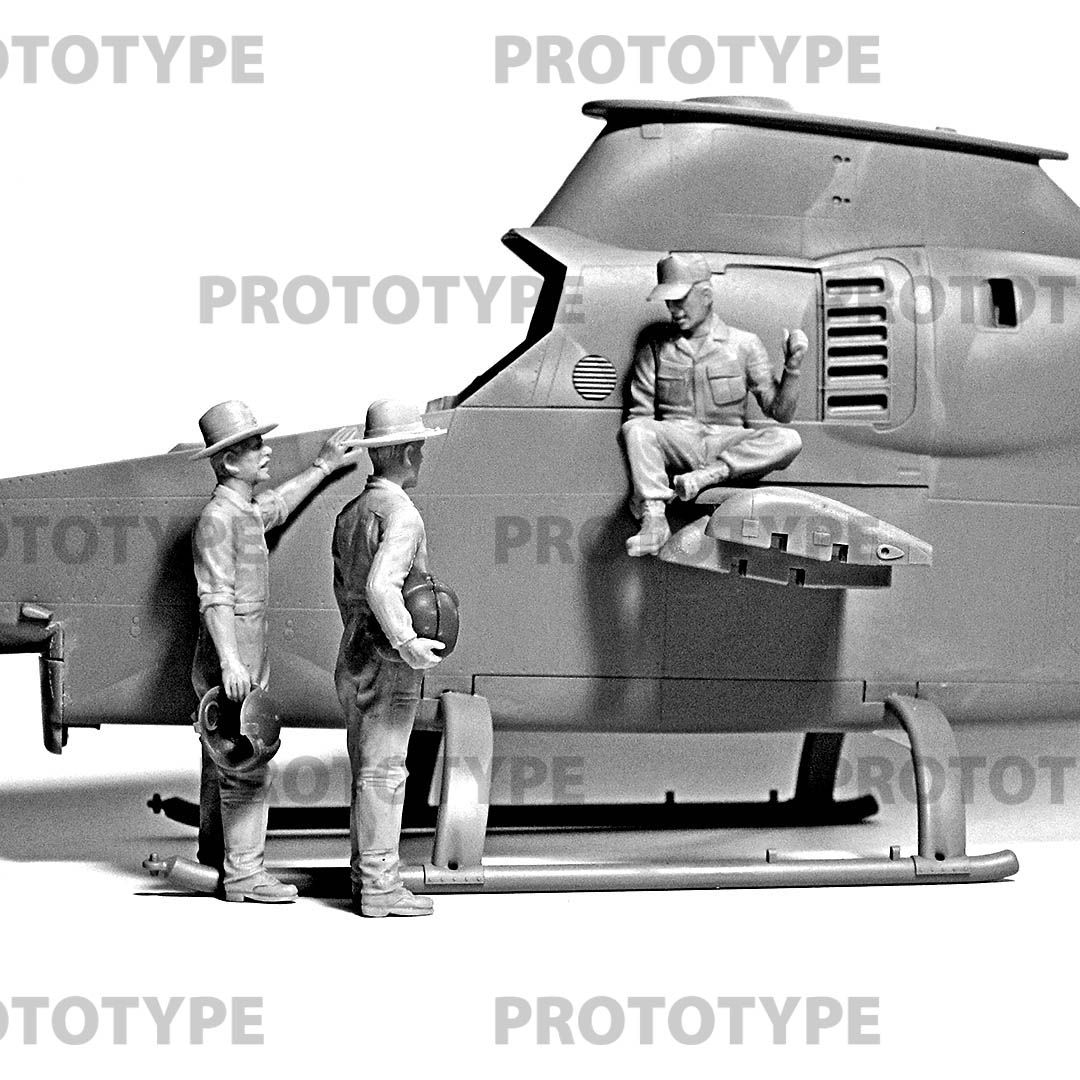
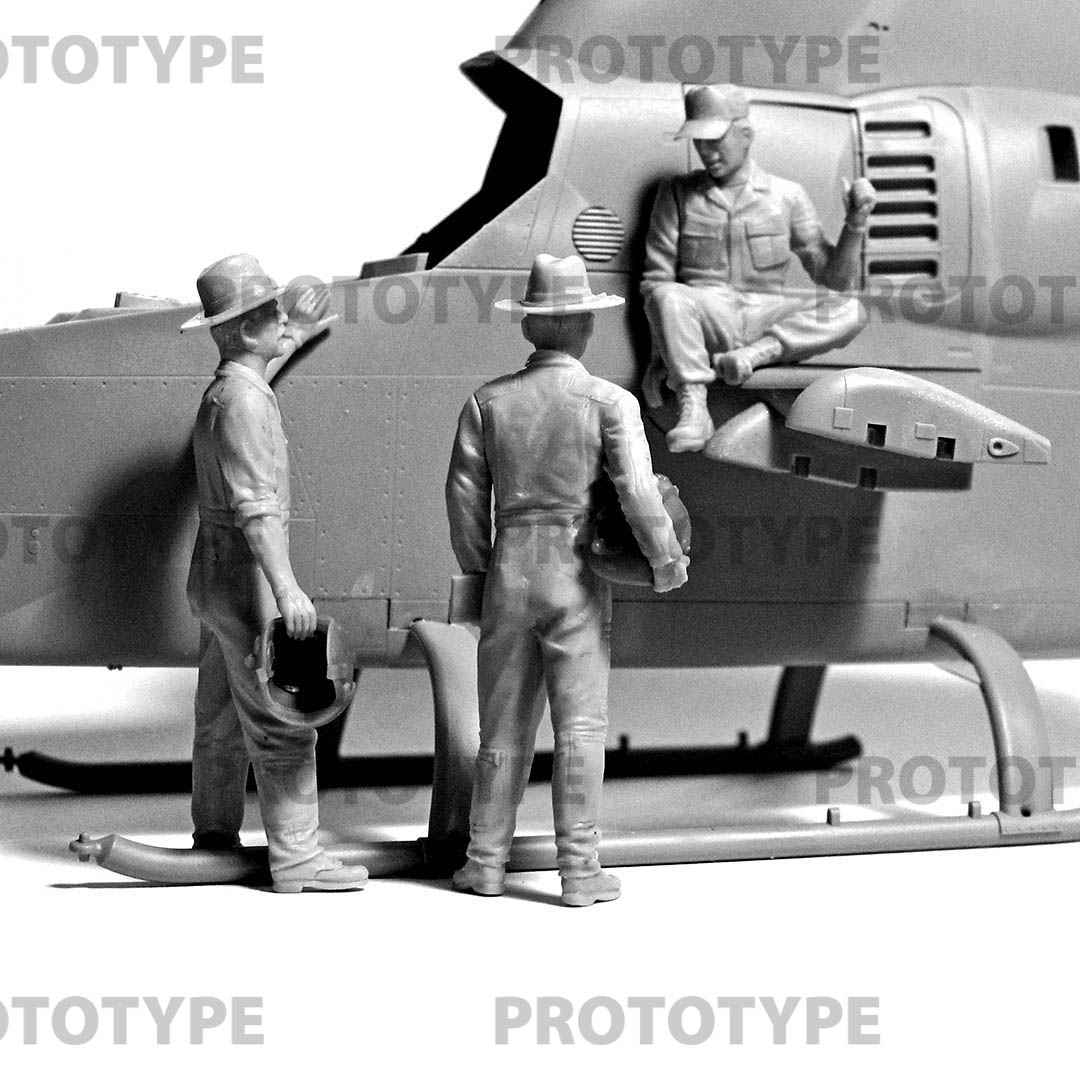
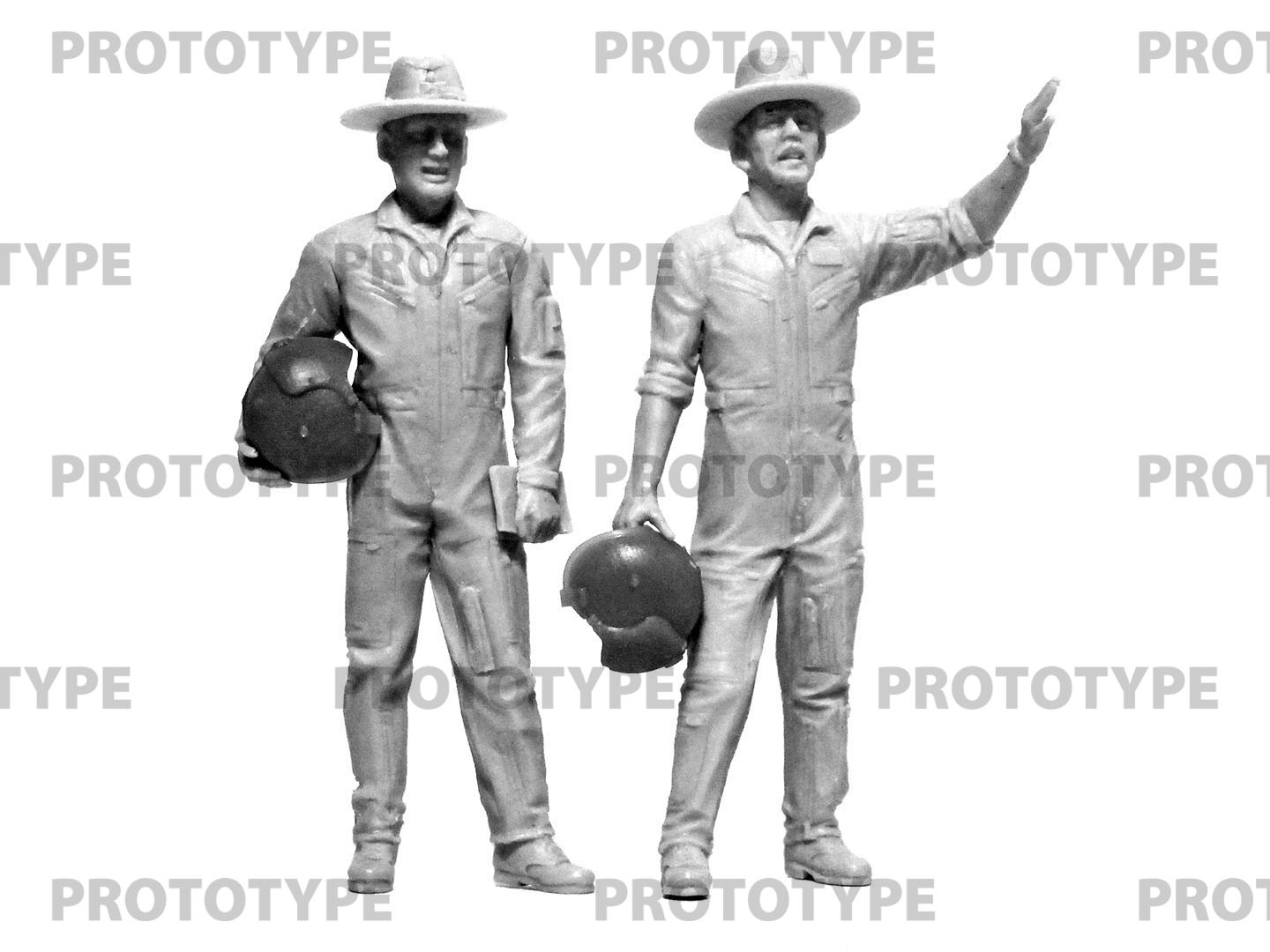
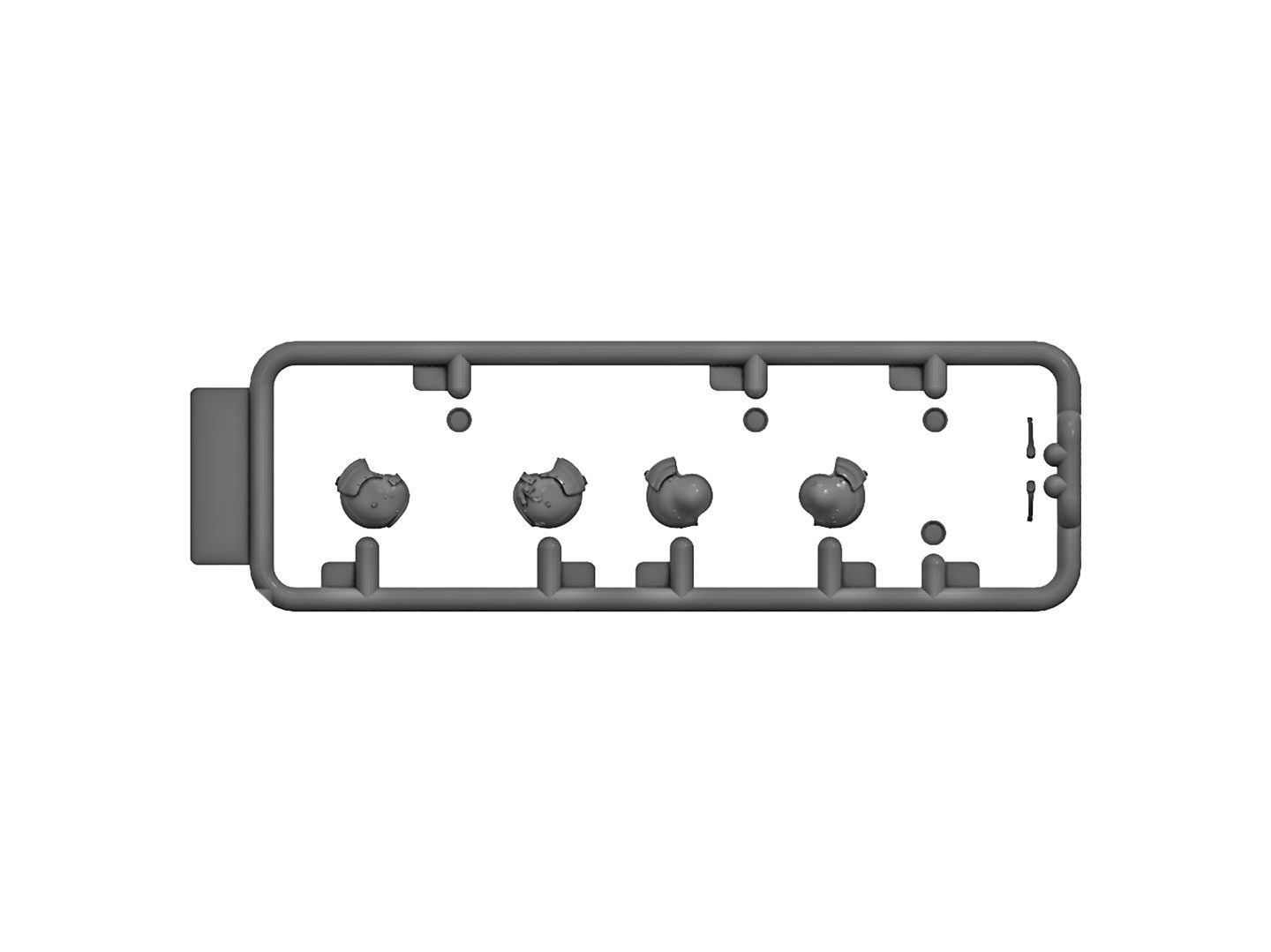
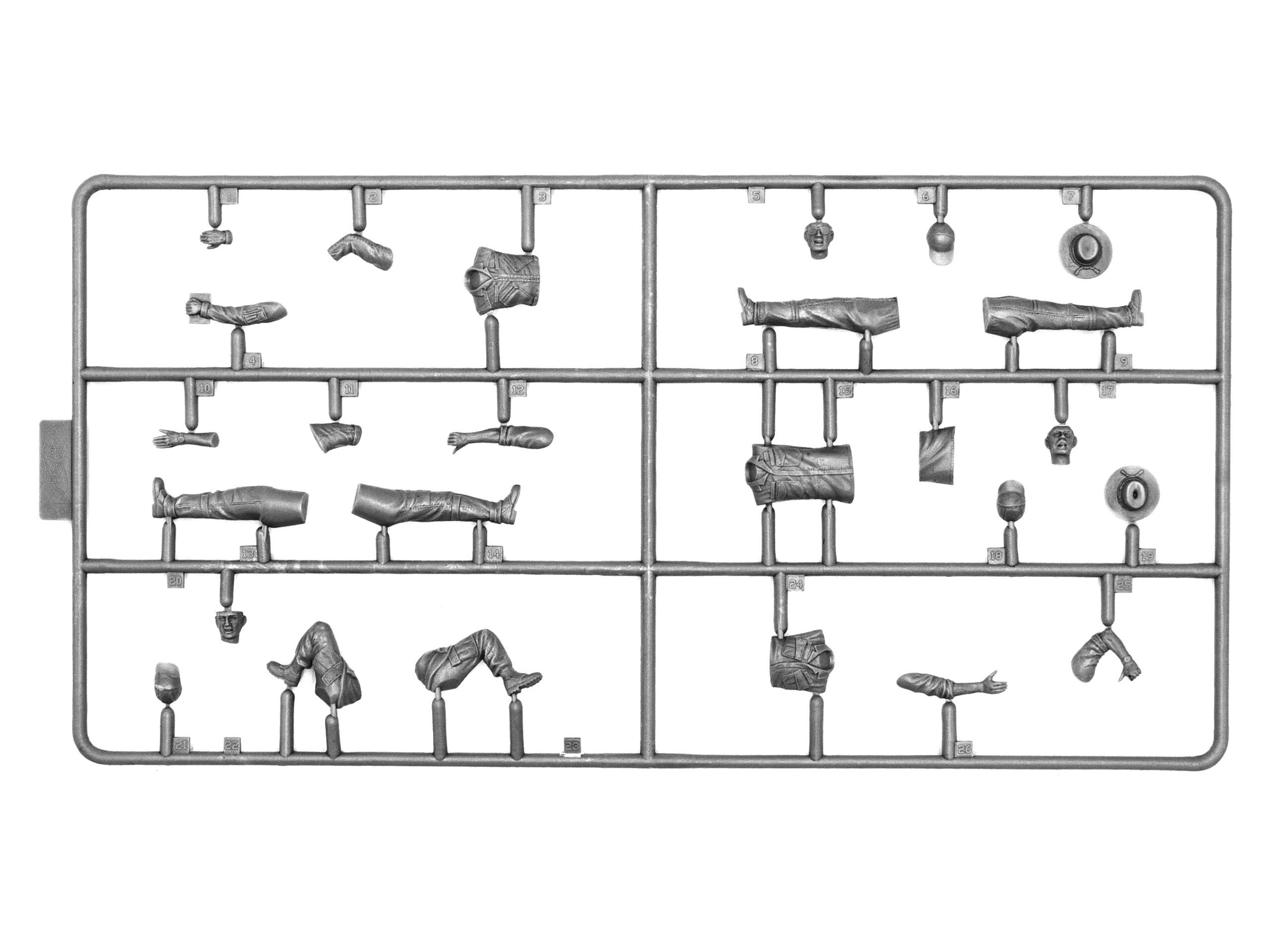
 Request of SDS product data file / Product security
Request of SDS product data file / Product security